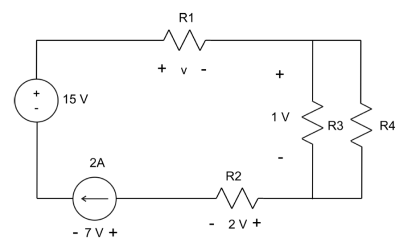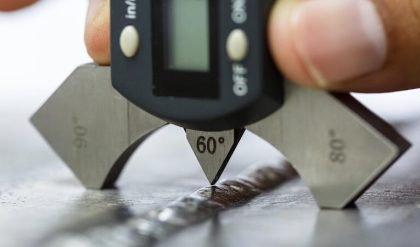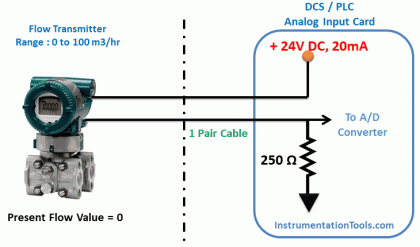An equivalent circuit is a combination of elements properly chosen to best represent the actual terminal characteristics of a device, system, or such in a particular operating region.
In other words, once the equivalent circuit is defined, the device symbol can be removed from a schematic and the equivalent circuit inserted in its place without severely affecting the actual behavior of the system. The result is often a network that can be solved using traditional circuit analysis techniques.
Piecewise-Linear Equivalent Circuit
One technique for obtaining an equivalent circuit for a diode is to approximate the characteristics of the device by straight-line segments, as shown in Fig. 1.31. The resulting equivalent circuit is naturally called the piecewise-linear equivalent circuit. It should be obvious from Fig. 1.31 that the straight-line segments do not result in an exact duplication of the actual characteristics, especially in the knee region. However, the resulting segments are sufficiently close to the actual curve to establish an equivalent circuit that will provide an excellent first approximation to the actual behavior of the device. For the sloping section of the equivalence the average ac resistance as introduced in Section 1.7 is the resistance level appearing in the equivalent circuit of Fig. 1.32 next to the actual device. In essence, it defines the resistance level of the device when it is in the “on” state. The ideal diode is included to establish that there is only one direction of conduction through the device, and a reverse-bias condition will result in the open-circuit state for the device. Since a silicon semiconductor diode does not reach the conduction state until VD reaches 0.7 V with a forward bias (as shown in Fig. 1.31), a battery VT opposing the conduction direction must appear in the equivalent circuit as shown in Fig. 1.32. The battery simply specifies that the voltage across the device must be greater than the threshold battery voltage before conduction through the device in the direction dictated by the ideal diode can be established. When conduction is established the resistance of the diode will be the specified value of rav.
Keep in mind, however, that VT in the equivalent circuit is not an independent voltage source. If a voltmeter is placed across an isolated diode on the top of a lab bench, a reading of 0.7 V will not be obtained. The battery simply represents the horizontal offset of the characteristics that must be exceeded to establish conduction.
The approximate level of rav can usually be determined from a specified operating point on the specification sheet (to be discussed in Section 1.9). For instance, for a silicon semiconductor diode, if IF 10 mA (a forward conduction current for the diode) at VD = 0.8 V, we know for silicon that a shift of 0.7 V is required before the characteristics rise.





